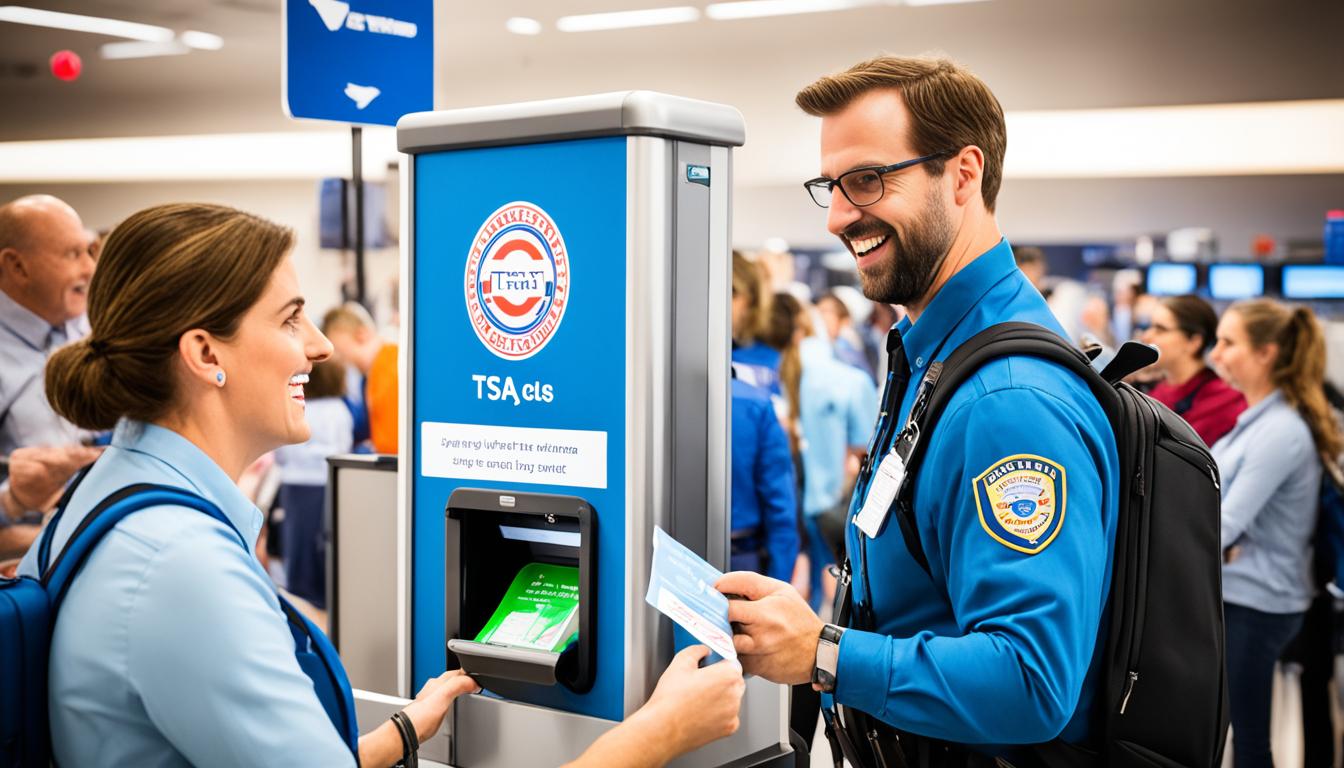
The number of planes an airport can accommodate varies notably and is influenced by several factors, including the airport’s size, infrastructure, and air traffic control capabilities.
The capacity of an airport to handle aircraft is a dynamic aspect of its operation. It’s not a static number but rather a fluctuating figure that depends on various elements of the airport’s design and functionality.
Factors Deciding Airport Capacity
The size and layout of an airport are primary determinants of its capacity. Larger airports with multiple runways and expansive taxiways can manage a higher number of aircraft compared to smaller airports.
The efficiency of the airport’s air traffic control system also plays a crucial role in determining how many planes can safely operate in and out of the airport. Additionally, the number of terminals and gates directly impacts the number of planes that can be parked, boarded, or disembarked simultaneously.
The type of aircraft the airport serves also influences its capacity. Larger aircraft, like international passenger jets, require more space and resources, potentially reducing the number of planes an airport can handle at once. In contrast, airports catering primarily to smaller planes might accommodate a higher number of aircraft.
Operational considerations also affect airport capacity. During peak hours, airports might operate at full capacity, while off-peak hours typically see a reduction in the number of planes. Furthermore, airports must allocate space for emergency landings and routine maintenance, which can impact the total number of planes they can accommodate.
Examples of Varying Capacities
The capacity range can be observed in the difference between major international airports and smaller regional ones.
Large international airports, like Hartsfield-Jackson Atlanta or Beijing Capital International Airport, are equipped to handle several hundred flights per day, which means a substantial number of planes are present at the airport at any given time.
On the other hand, smaller regional airports have a much lower capacity due to their limited infrastructure and resources.
The number of planes an airport can accommodate is influenced by a combination of its physical attributes, operational strategies, and the types of aircraft it serves.
This capacity is not fixed and can vary greatly between different airports and even at different times at the same airport. Understanding these factors sheds light on the complexities of airport operations and their capacity to manage air traffic efficiently.






